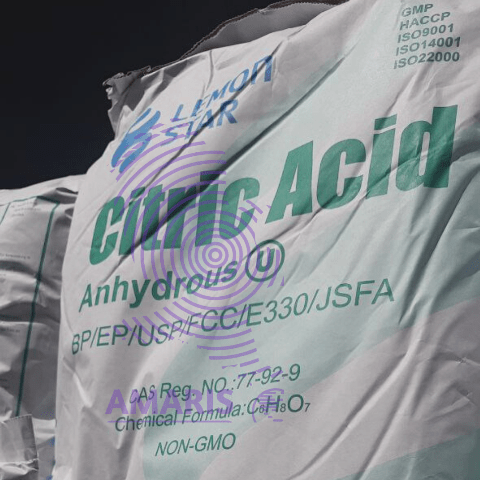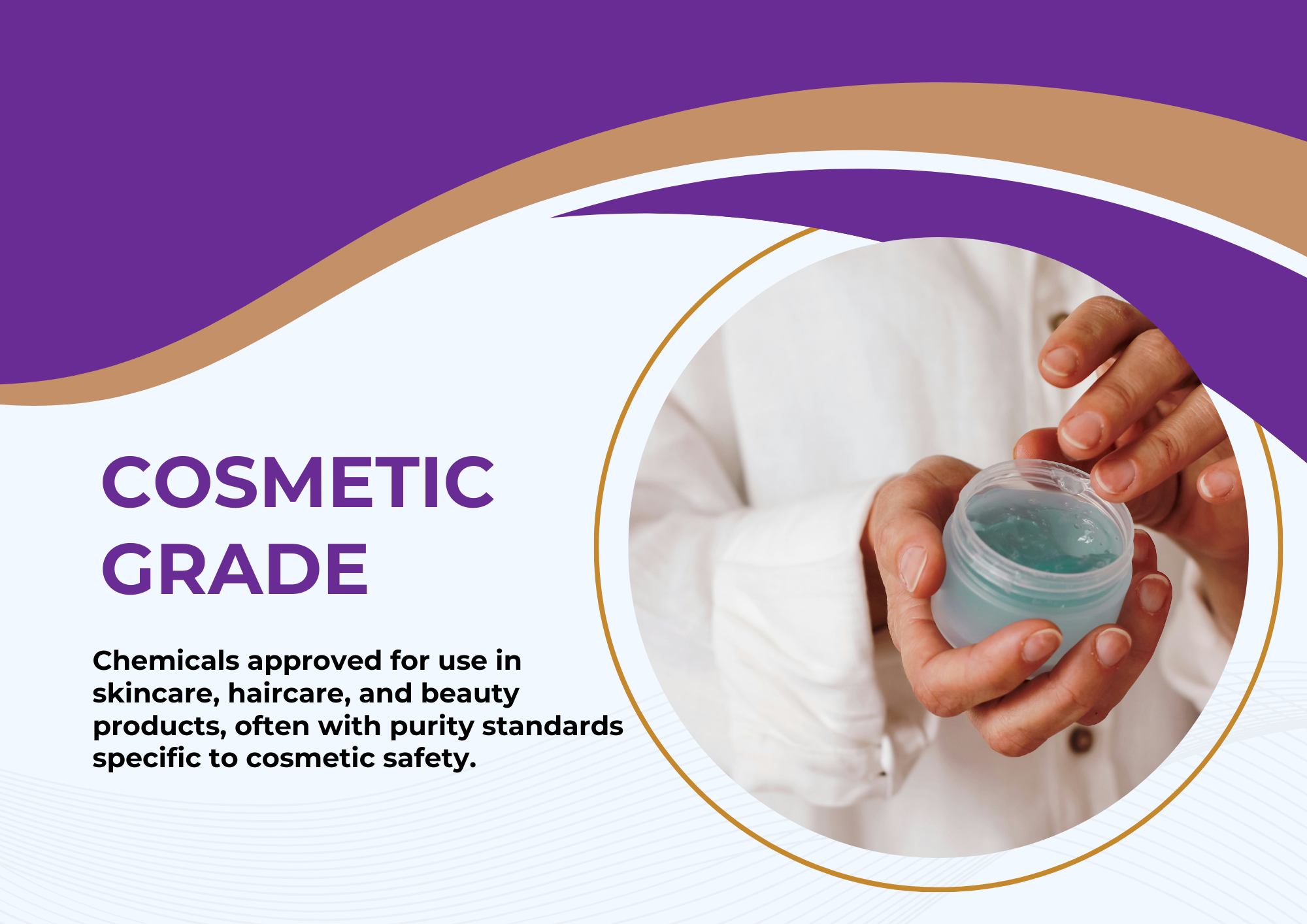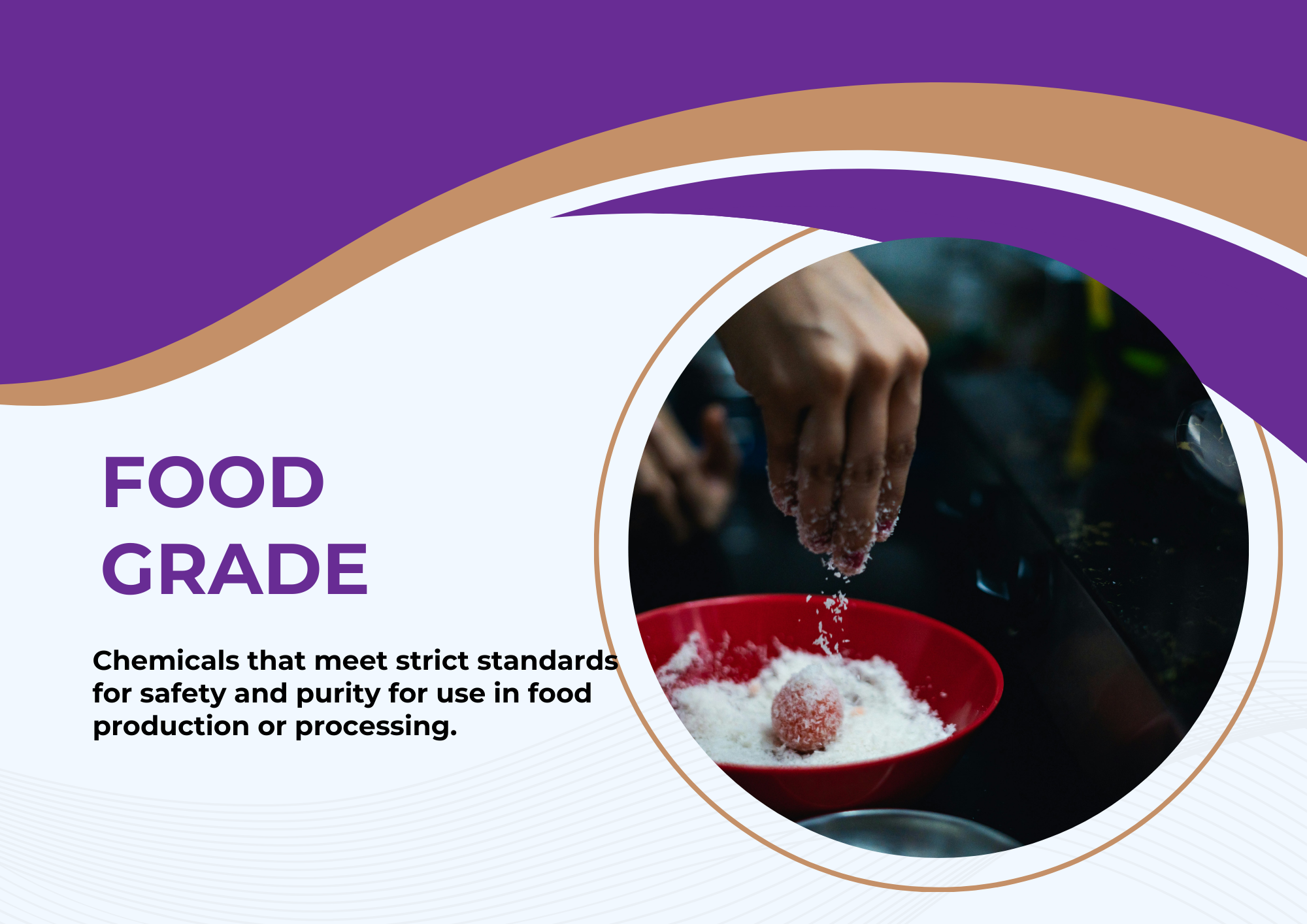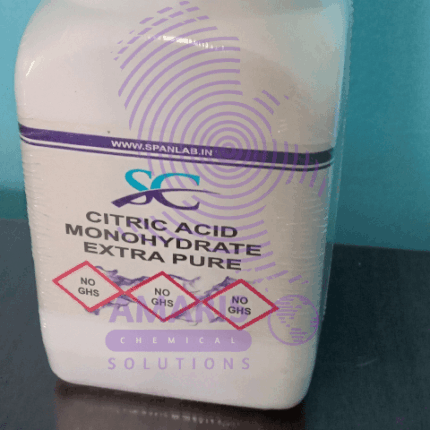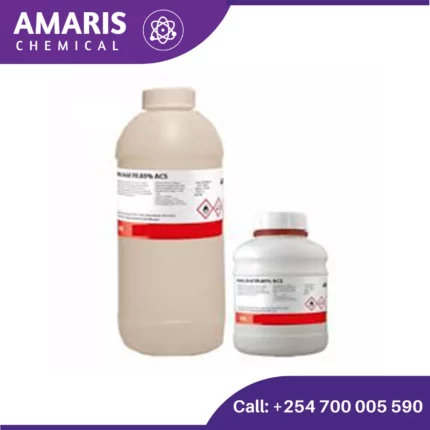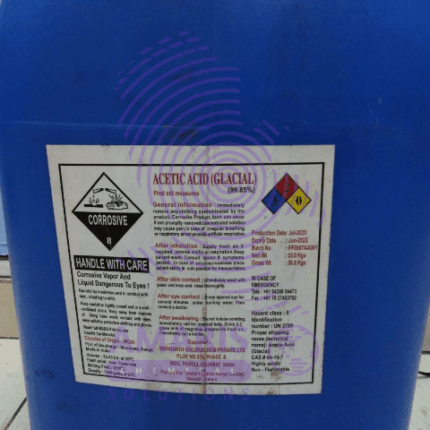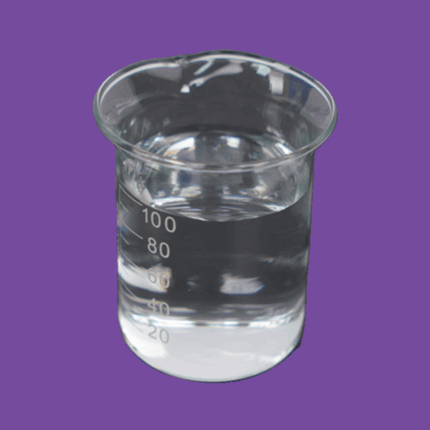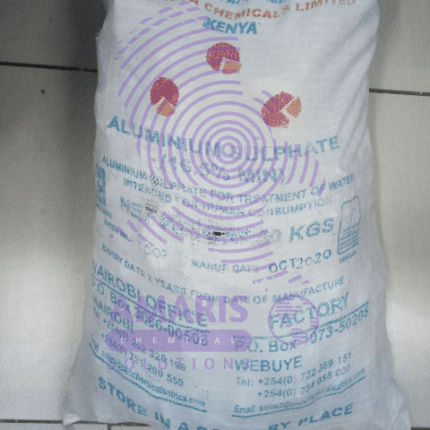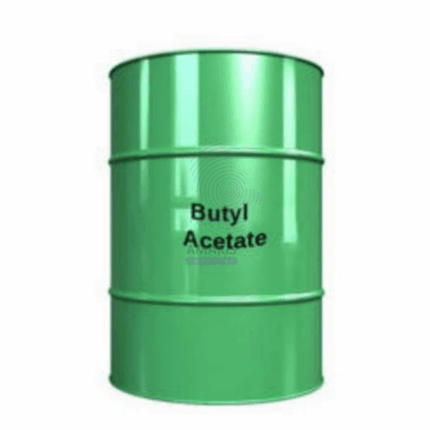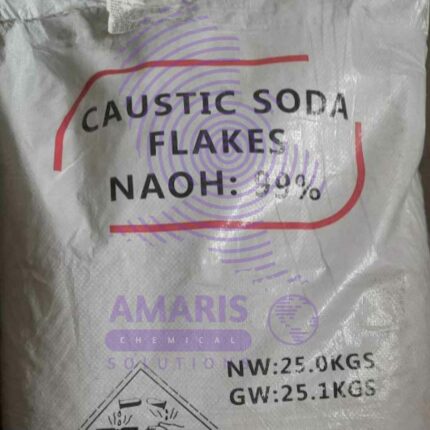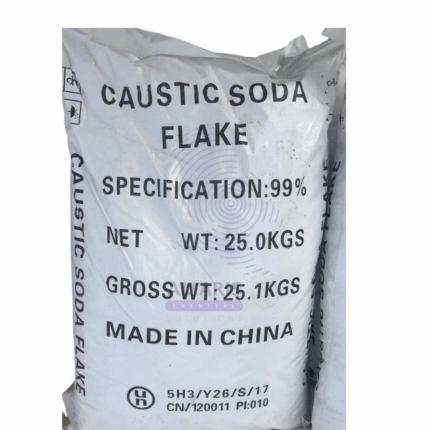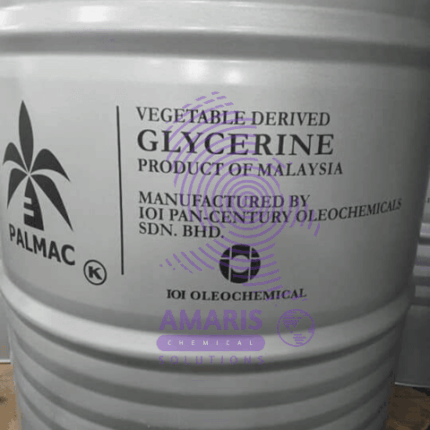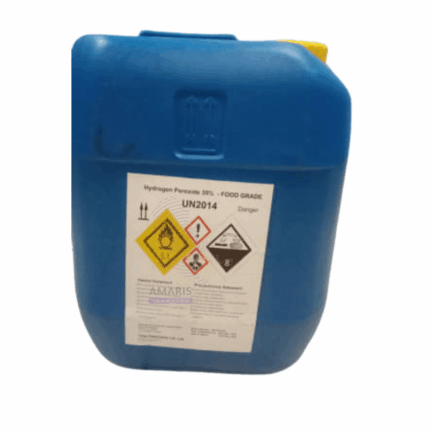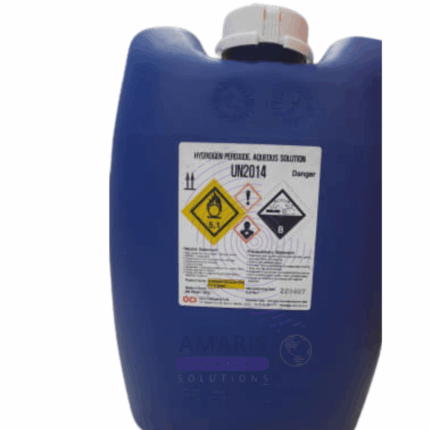

Citric Acid Anhydrous
$9,000.00 Original price was: $9,000.00.$7,800.00Current price is: $7,800.00.
Citric Acid Anhydrous is a weak organic acid that occurs naturally in citrus fruits such as lemons, limes, oranges, and grapefruits. It is a tricarboxylic acid with the chemical formula C6H8O7 and is commonly used as a food additive, preservative, and flavoring agent. Citric acid is also used in the pharmaceutical industry, as a chelating agent in cleaning and personal care products, and in the production of cosmetics and detergents. It is a white crystalline powder with a sour taste and is soluble in water.
Citric Acid Anhydrous Uses
Primary Uses of Citric Acid
1. Food & Beverage Industry
- Acidulant: Adds tartness to sodas, juices, candies, and jams.
- Preservative: Extends shelf life by inhibiting bacterial growth (E-number E330).
- Flavor Enhancer: Balances sweetness in desserts and beverages.
- Chelating Agent: Binds metals to prevent oxidation (e.g., in canned foods).
- Leavening Agent: Used in baking powders for dough rising.
Common Products:
- Soft drinks (Coca-Cola, Sprite)
- Candy (Sour Patch Kids)
- Canned fruits & vegetables
2. Cosmetics & Personal Care
- pH Adjuster: Balances acidity in skincare (toners, exfoliants).
- Chelator: Stabilizes formulations by binding metal ions.
- Preservative: Boosts effectiveness of natural preservatives.
- Exfoliant: Used in chemical peels (AHA).
Common Products:
- Face cleansers
- Shampoos
- Bath bombs
3. Pharmaceuticals & Supplements
- Effervescent Agent: In tablets (e.g., Alka-Seltzer).
- Antioxidant: Protects medicines from degradation.
- Kidney Stone Prevention: Alkalinizes urine.
4. Cleaning Products
- Descaling Agent: Removes limescale from kettles, coffee makers.
- Eco-friendly Cleaner: Replaces harsh acids in detergents.
- Water Softener: Binds calcium/magnesium in hard water.
Examples:
- Dishwasher tablets
- Toilet bowl cleaners
Secondary Uses of Citric Acid
1. Industrial Applications
- Oil Industry: Removes rust from pipelines.
- Textile Industry: Acts as a mordant in dyeing fabrics.
- Photography: Used in developing solutions.
2. Agriculture
- Fertilizer Additive: Enhances nutrient absorption in plants.
3. Medical & Laboratory
- Anticoagulant: Preserves blood samples.
- Biodegradable Plastics: Used in polymer production.
4. Miscellaneous
- Aquariums: Lowers pH in fish tanks.
- Art Restoration: Cleans marble/stone without damage
| AVAILABLE PACK SIZE |
25kg( Metal or Plastic Jerrycan/ Bucket, Bag, Box, Polythene bag, Carton bag) |
|---|---|
| APPEARANCE |
GRANULAR – (Small, coarse grains e.g., salt) |
1. Basic Identification Attributes
- Chemical Name (IUPAC):2-Hydroxypropane-1,2,3-tricarboxylic acid
- Common/Trade Names:Citric acid anhydrous, E330, Lemon salt
- CAS Number:[77-92-9]
- HS Code:14.00 (Citric acid and its salts)
- Molecular Formula:C₆H₈O₇
- Synonyms:Anhydrous citric acid, β-Hydroxytricarballylic acid
2. Physical & Chemical Properties
- Physical State:White crystalline powder
- Color & Odor:Colorless to white; odorless
- Melting Point:153–159°C (307–318°F) (decomposes)
- Boiling Point:Decomposes before boiling
- Density:665 g/cm³ (at 20°C)
- Solubility:
- Water:2 g/100 mL (at 20°C)
- Organic Solvents:Soluble in ethanol, slightly soluble in ether
- pH Level:7 (1% solution, strongly acidic)
- Vapor Pressure:Negligible (non-volatile)
- Flash Point:Non-flammable
- Autoignition Temperature:Not applicable
- Viscosity:Not applicable (solid form)
3. Safety & Hazard Attributes
- Hazard Class (GHS):
- Eye Irritant (Category 2B)
- Skin Irritant (Category 2)
- NFPA Ratings:
- Health:1 (Slight irritation)
- Flammability:0 (Non-flammable)
- Reactivity:0 (Stable)
- Exposure Limits (OSHA/ACGIH):Not established
- Reactivity:
- Reacts with strong oxidizers, bases, and metals
- Corrosive to metals in presence of moisture
4. Storage & Handling Attributes
- Storage Conditions:
- Cool, dry, well-ventilated area
- Keep container tightly closed
- Relative humidity <65%
- Incompatible Materials:Bases, oxidizing agents, metals
- Container Type:Plastic (HDPE) or glass with plastic liner
- Shelf Life:3+ years if stored properly
- Handling Requirements:
- Wear gloves and eye protection
- Use dust mask if handling powder in large quantities
- Avoid creating dust clouds
5. Regulatory & Compliance Attributes
- Regulatory Status:
- FDA:GRAS (21 CFR 184.1033)
- REACH:Registered (EU)
- EPA:Listed under TSCA (USA)
- Hazard Symbols:
- GHS07 (Exclamation mark)
- Transportation Restrictions:Not regulated (non-hazardous for transport)
- Waste Disposal:Dispose as industrial waste (neutralize before disposal)
6. Environmental & Health Impact
- Ecotoxicity:Low (LC50 >100 mg/L in fish)
- Persistence:Readily biodegradable (>90% in 28 days)
- Carcinogenicity:Not classified (IARC Group 3, NTP: No data)
- Biodegradability:Fully biodegradable (OECD 301)
Personal Protective Equipment (PPE)
- Gloves:Wear nitrile or rubber gloves to prevent skin irritation.
- Eye Protection:Use safety goggles or a face shield to avoid eye contact.
- Respiratory Protection:If handling fine powder, use a dust mask (NIOSH N95) to prevent inhalation.
- Protective Clothing:Wear a lab coat or apron to minimize exposure.
Handling & Storage
- Ventilation:Ensure good airflow to avoid dust accumulation.
- Avoid Moisture:Store in a cool, dry place in tightly sealed containers (hygroscopic—absorbs moisture).
- Incompatible Materials:Keep away from strong bases, oxidizing agents, and reactive metals (e.g., aluminum, zinc).
Inhalation (Dust)
- Move to fresh air immediately.
- If coughing or breathing difficulty occurs, seek medical attention.
Skin Contact
- Wash thoroughly with soap and water.
- If irritation develops, apply a soothing lotion.
Eye Contact
- Rinse immediately with plenty of water for at least 15 minutes, holding eyelids open.
- Seek medical attention if irritation persists.
Ingestion
- Rinse mouth with water.
- Do NOT induce vomiting.Drink water or milk to dilute.
- Seek medical help if large amounts are ingested (may cause gastrointestinal upset).
Flammability
- Non-flammablebut may decompose at high temperatures (>175°C/347°F), releasing irritating fumes (carbon oxides).
Extinguishing Media
- Water spray, dry chemical, CO₂, or foam.
- Do NOT use water jets(may spread powder if uncontained).
Firefighting Precautions
- Wear self-contained breathing apparatus (SCBA)if decomposition fumes are present.
- Cool containers exposed to fire with water spray.
Spill & Leak Response
- Small Spills:Sweep up and place in a sealed container.
- Large Spills:Dampen with water to reduce dust, then collect for disposal.
- Avoid creating dust clouds(use a HEPA vacuum if available)
You may also like…
Citric Acid Monohydrate 500gm
Related products
Acetaldehyde
- Chemical Structure: Acetaldehyde consists of two carbon atoms, one oxygen atom, and four hydrogen atoms. Its structure is CH3CHO, where the carbon atom in the middle is doubly bonded to an oxygen atom and singly bonded to a hydrogen atom and a methyl group (CH3).
- Occurrence: Acetaldehyde can be found naturally in various ripe fruits, coffee, and heated milk. It is also produced by the oxidation of ethanol (alcohol) by enzymes in the liver and other tissues in humans, making it an intermediate product in alcohol metabolism.


 Emollients
Emollients Humectants
Humectants UV Filters
UV Filters Surfactants (cosmetic)
Surfactants (cosmetic) Preservatives (cosmetic)
Preservatives (cosmetic) Fragrances and Essential Oils
Fragrances and Essential Oils Antioxidants (cosmetics)
Antioxidants (cosmetics)
 Solvents (lab)
Solvents (lab) Chromatography Chemicals
Chromatography Chemicals Microbiology and Cell Culture Reagents
Microbiology and Cell Culture Reagents Biochemical Reagents
Biochemical Reagents Inorganic and Organic Standards
Inorganic and Organic Standards LABORATORY EQUIPMENT & APPARATUS
LABORATORY EQUIPMENT & APPARATUS Spectroscopy Reagents
Spectroscopy Reagents Molecular Biology Reagents
Molecular Biology Reagents
 Precious Metal Extraction Agents
Precious Metal Extraction Agents
 Plasticizers
Plasticizers Polymerization Initiators
Polymerization Initiators Stabilizers
Stabilizers Monomers
Monomers Fillers and Reinforcements
Fillers and Reinforcements Antioxidants (plastics)
Antioxidants (plastics) Colorants (plastic pigments,Dyes)
Colorants (plastic pigments,Dyes)
 Fertilizers
Fertilizers Plant Growth Regulators
Plant Growth Regulators Soil Conditioners
Soil Conditioners Animal Feed Additives
Animal Feed Additives Biostimulants
Biostimulants
 Dough Conditioners
Dough Conditioners Flour Treatments
Flour Treatments Fat Replacers
Fat Replacers Preservatives (baking)
Preservatives (baking)
 Surfactants (cleaning)
Surfactants (cleaning) Builders
Builders Bleaching Agents
Bleaching Agents Enzymes
Enzymes Solvents (cleaning)
Solvents (cleaning) Fragrances
Fragrances Disinfectant
Disinfectant Metal cleaning
Metal cleaning
 Binders/Resins
Binders/Resins Pigments
Pigments Solvents (paint)
Solvents (paint) Additives
Additives Driers
Driers Anti-Corrosion Agents
Anti-Corrosion Agents Specialty Coatings
Specialty Coatings Functional Coatings
Functional Coatings Application-Specific Coatings
Application-Specific Coatings
 Sealants and Adhesives
Sealants and Adhesives
 Biodegradable Surfactants
Biodegradable Surfactants Bio-based Solvents
Bio-based Solvents Renewable Polymers
Renewable Polymers Carbon Capture Chemicals
Carbon Capture Chemicals Wastewater Treatment Chemicals
Wastewater Treatment Chemicals
 Preservatives (food)
Preservatives (food) Flavor Enhancers
Flavor Enhancers Acidulants
Acidulants Sweeteners
Sweeteners Emulsifiers
Emulsifiers Antioxidants (food)
Antioxidants (food) Colorants (food)
Colorants (food) Nutrient Supplements
Nutrient Supplements Nutraceutical Ingredients
Nutraceutical Ingredients
 Fresh Herbs
Fresh Herbs Whole Spices
Whole Spices Ground Spices
Ground Spices Spice Blends
Spice Blends
 Surfactants(oil)
Surfactants(oil)
 Antibiotics
Antibiotics Active Pharmaceutical Ingredients
Active Pharmaceutical Ingredients Excipients
Excipients Vaccine Adjuvants
Vaccine Adjuvants Nutraceutical Ingredients
Nutraceutical Ingredients Solvents (pharmaceutical)
Solvents (pharmaceutical)
 Automotive chemicals
Automotive chemicals Pyrotechnic Chemicals
Pyrotechnic Chemicals


 Vulcanizing Agents
Vulcanizing Agents Accelerators & Retarders
Accelerators & Retarders Antidegradants
Antidegradants Reinforcing Agents
Reinforcing Agents Plasticizers & Softeners
Plasticizers & Softeners Fillers & Extenders
Fillers & Extenders Blowing Agents
Blowing Agents Adhesion Promoters
Adhesion Promoters